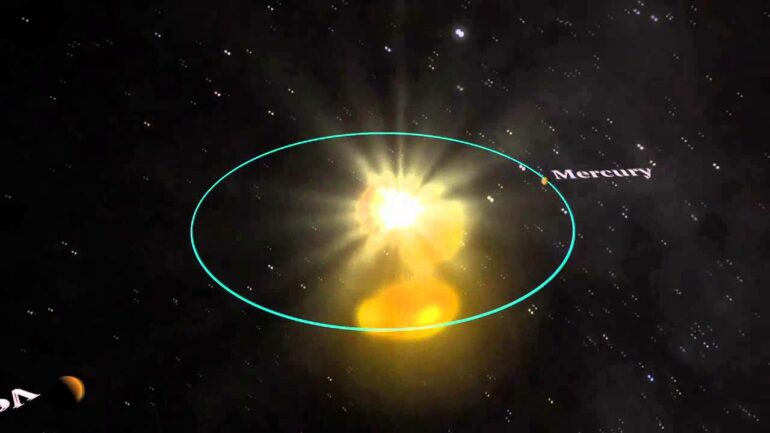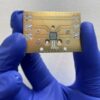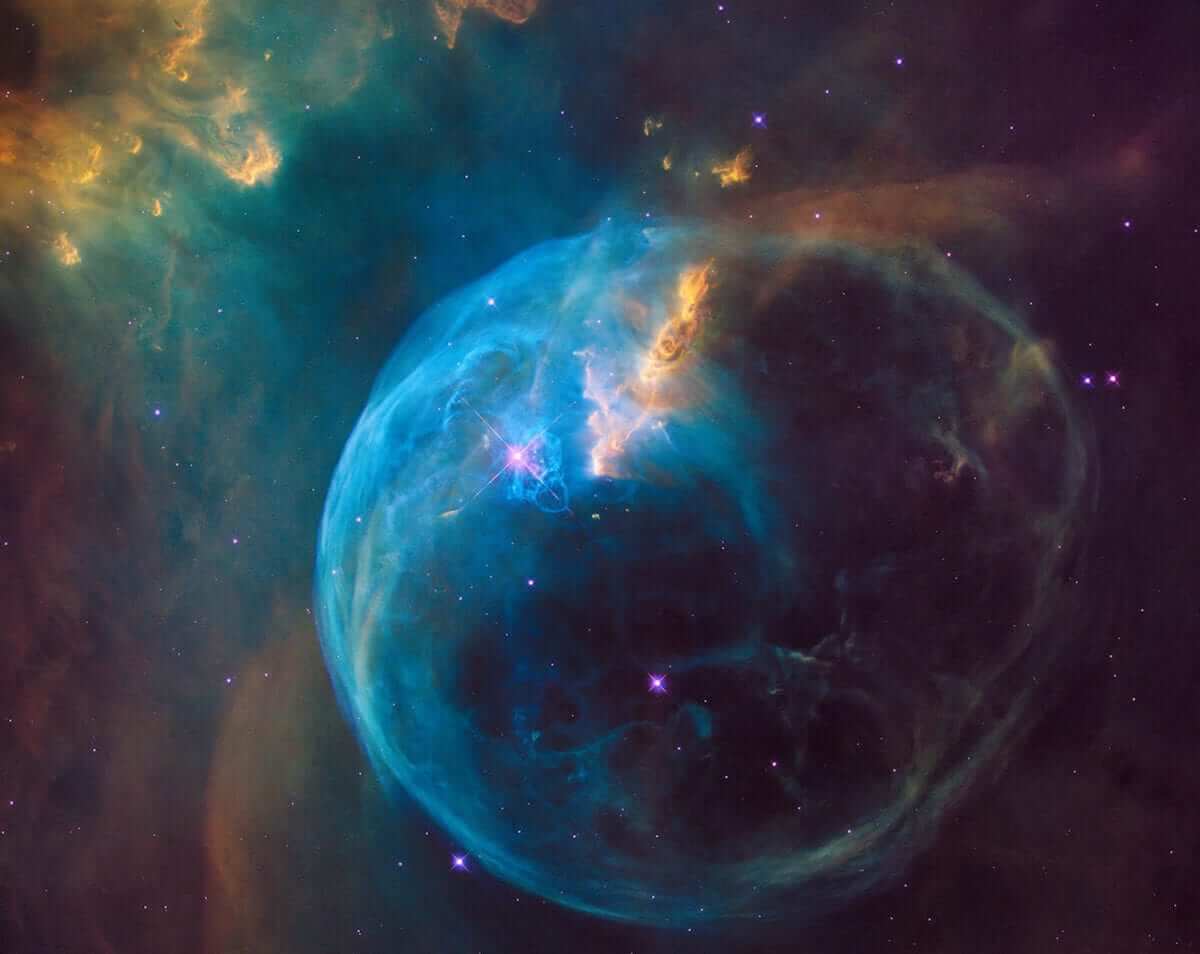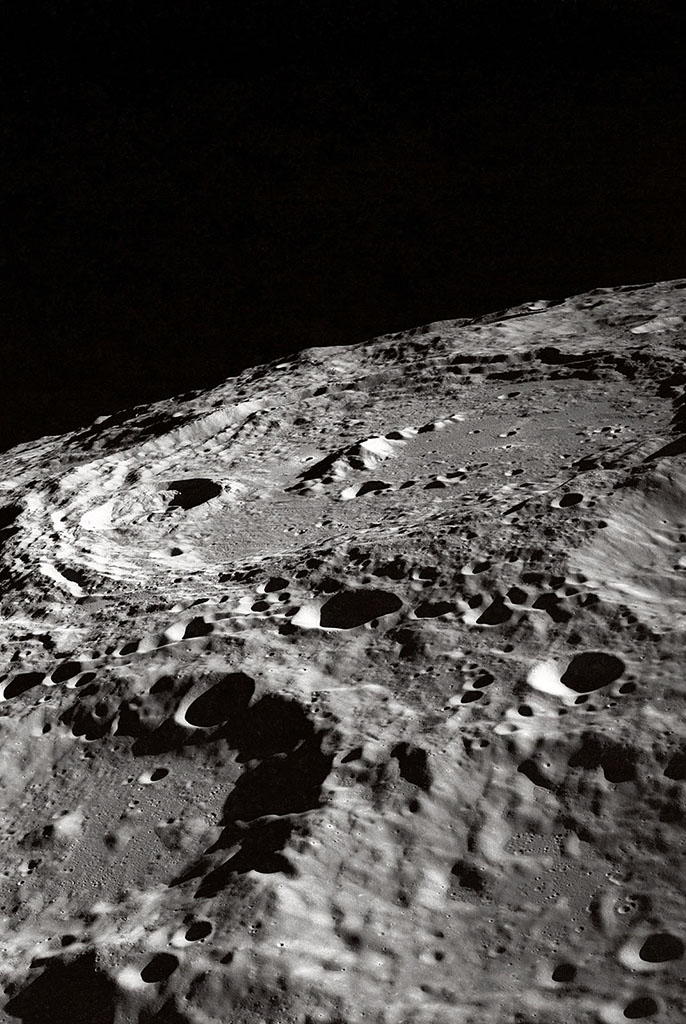The Sun periodically ejects huge bubbles of plasma from its surface that contain an intense magnetic field. These events are called coronal mass ejections, or CMEs. When two of these ejections collide, they can generate powerful geomagnetic storms that can lead to beautiful auroras but may disrupt satellites and GPS back on Earth.
On May 10, 2024, people across the Northern Hemisphere got to witness the impact of these solar activities on Earth’s space weather.
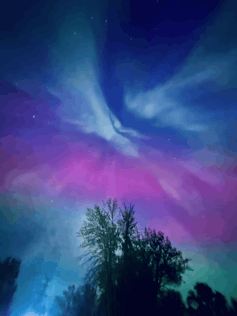
The northern lights, as seen here from Michigan in May 2024, are caused by geomagnetic storms in the atmosphere.
Shirsh Lata Soni
Two merging CMEs triggered the largest geomagnetic storm in two decades, which manifested in brightly colored auroras visible across the sky.
I’m a solar physicist. My colleagues and I aim to track and better understand colliding CMEs with the goal of improving space weather forecasts. In the modern era, where technological systems are increasingly vulnerable to space weather disruptions, understanding how CMEs interact with each other has never been more crucial.
Coronal mass ejections
CMEs are long and twisted – kind of like ropes – and how often they happen varies with an 11-year cycle. At the solar minimum, researchers observe about one a week, but near the solar maximum, they can observe, on average, two or three per day.
During the solar maximum, solar flares and coronal mass ejections are more common.
When two or more CMEs interact, they generate massive clouds of charged particles and magnetic fields that may compress, merge or reconnect with each other during the collision. These interactions can amplify the impact of the CMEs on Earth’s magnetic field, sometimes creating geomagnetic storms.
Why study interacting CMEs?
Nearly one-third of CMEs interact with other CMEs or the solar wind, which is a stream of charged particles released from the outer layer of the Sun.
In my research team’s study, published in May 2024, we found that CMEs that do interact or collide with each other are much more likely to cause a geomagnetic storm – two times more likely than an individual CME. The mix of strong magnetic fields and high pressure in these CME collisions is likely what causes them to generate storms.
During solar maxima, when there can be more than 10 CMEs per day, the likelihood of CMEs interacting with each other increases. But researchers aren’t sure whether they become more likely to generate a geomagnetic storm during these periods.
Scientists can study interacting CMEs as they move through space and watch them contribute to geomagnetic storms using observations from space- and ground-based observatories.
In this study, we looked at three CMEs that interacted with each other as they traveled through space using the space-based observatory STEREO. We validated these observations with three-dimensional…
